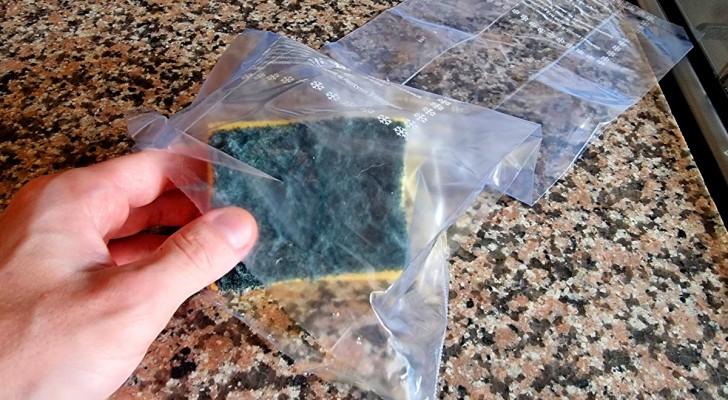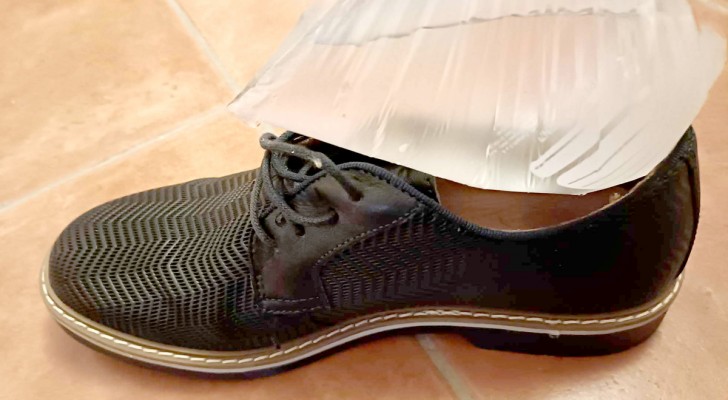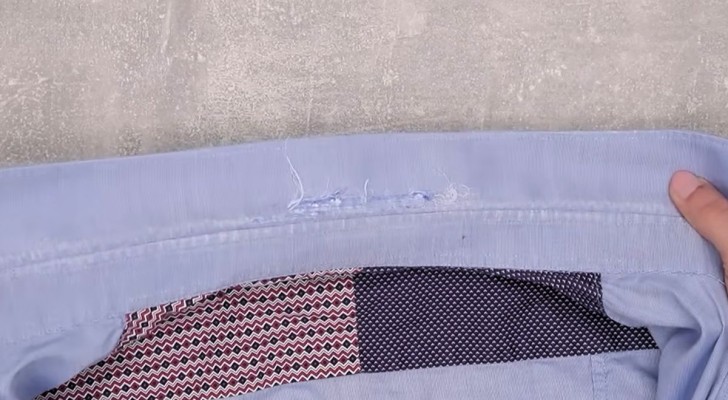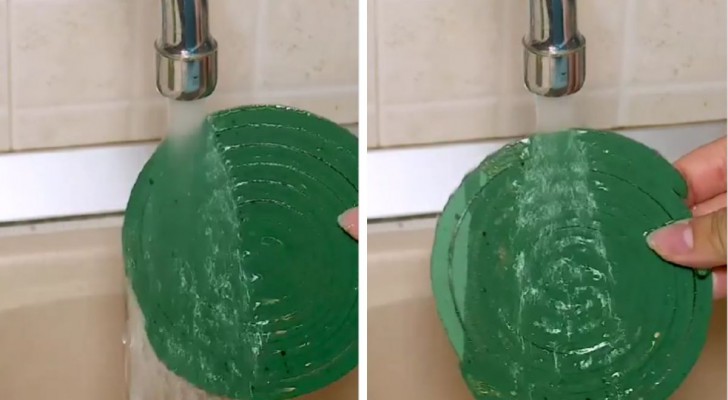Is the silicone seal around your sink black with mold? Make it disappear with simple remedies
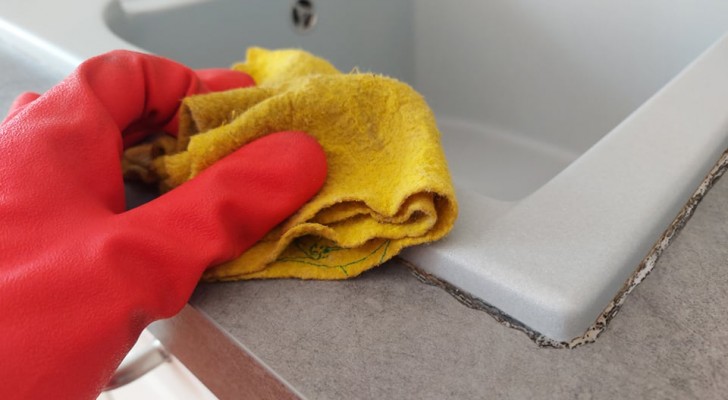
Sometimes the kitchen sink is sealed with a silicone gasket: in some models, in fact, in the gap between the edge of the sink and the surface of the unit that houses it, the silicone sealant is used to create a waterproof joint, so as not to let water leak through it.
Perhaps it is a sign of an old and more rustic sinks - in which the interlocking system is no longer robust - but where there is a silicone joint around the sink, it is easy for this to become grimy over time. This is due to the formation of mold and mildew, which thrives in humid conditions such as those that are present around kitchen sinks, but also in the bathroom. Read on to find out how to counter this problem:
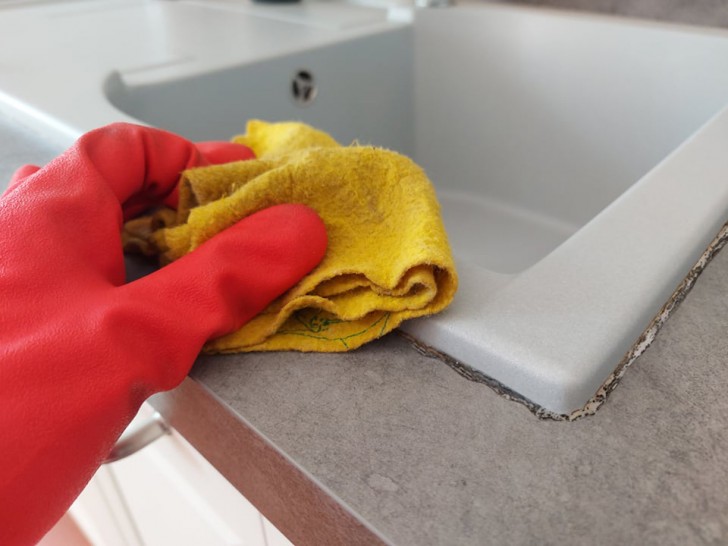
Creativo
When the situation is serious enough, it is recommended to use bleach directly on the mold. Other substances can also fight mold, but for an effective and quick resolution, this is the one that works best. Therefore, equip yourself with:
- Rubber gloves
- Very hot water
- Bleach
- A sponge
- Dishwashing liquid
Method:
- Fill a basin with hot water
- Add some bleach (no more than half a glass)
- Also pour in a few drops of dish soap liquid and mix with a piece of wood (or an object that you can throw away)
- With the sponge (or even a cleaning rag) rub the mixture on the silicone
- Leave on for 30-60 minutes to act, and then rinse off properly
Make sure you ventilate the room very well while working with bleach and try to protect your nose and mouth as well so as not to inhale it. If by any chance, you notice that some dark stains remain, repeat the process when you can. If the situation is too bad, remove the silicone completely and then wash the edges of the sink as well as the units that were in contact with the moldy silicone, using the same procedure. When everything is dry, you can apply some new silicone.
If, on the other hand, you believe that less aggressive (and certainly more eco-sustainable) methods can work, then you can try alternatively with:
- Baking soda and hydrogen peroxide: fill a spray bottle with a cup of hydrogen peroxide and two tablespoons of baking soda, and if you want, you can also add a few drops of tea tree essential oil, and then spray on the silicone. Leave it on for at least 10 minutes and then scrub off with a toothbrush. Rinse well and dry.
- Lemon juice and baking soda: first pour the baking soda on the area to be cleaned, then sprinkle with hot water. While letting it sit for a few minutes, fill a spray bottle with water, the juice of one lemon and a teaspoon of baking soda. Shake well and spray on the stain, scrubbing with a sponge or toothbrush, then rinse and dry. As an alternative to lemon juice, you can also use white vinegar.
- Citric Acid: Pour 150 grams of citric acid into a one-liter spray bottle and fill the rest with hot water to dissolve it. You will then need to spray the mixture on the stains and let it sit for 15 minutes or more before rinsing off and drying.

